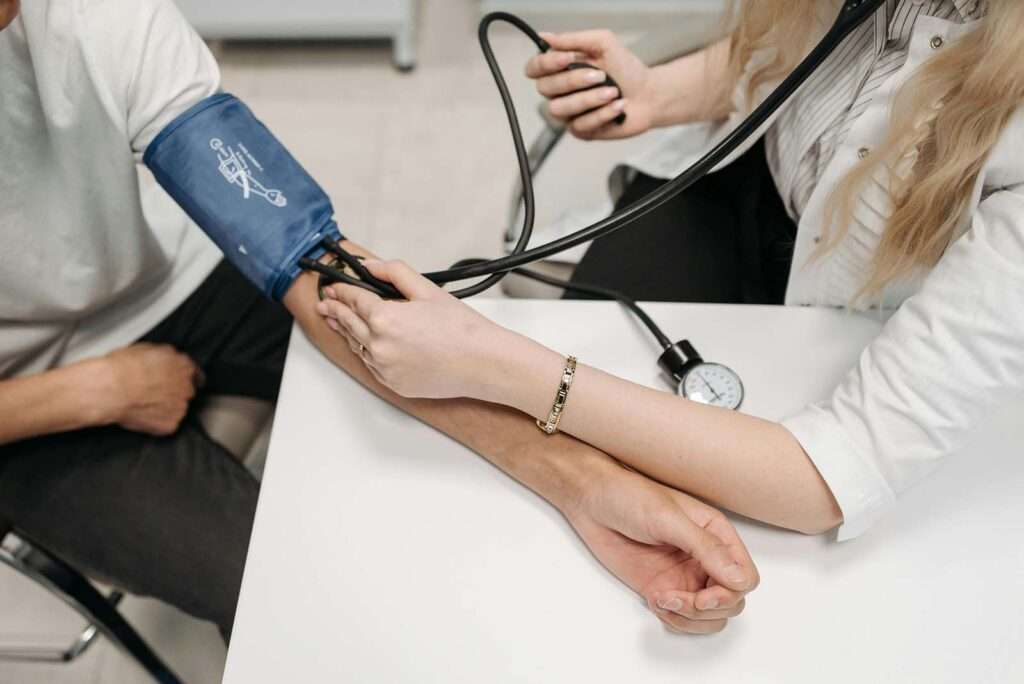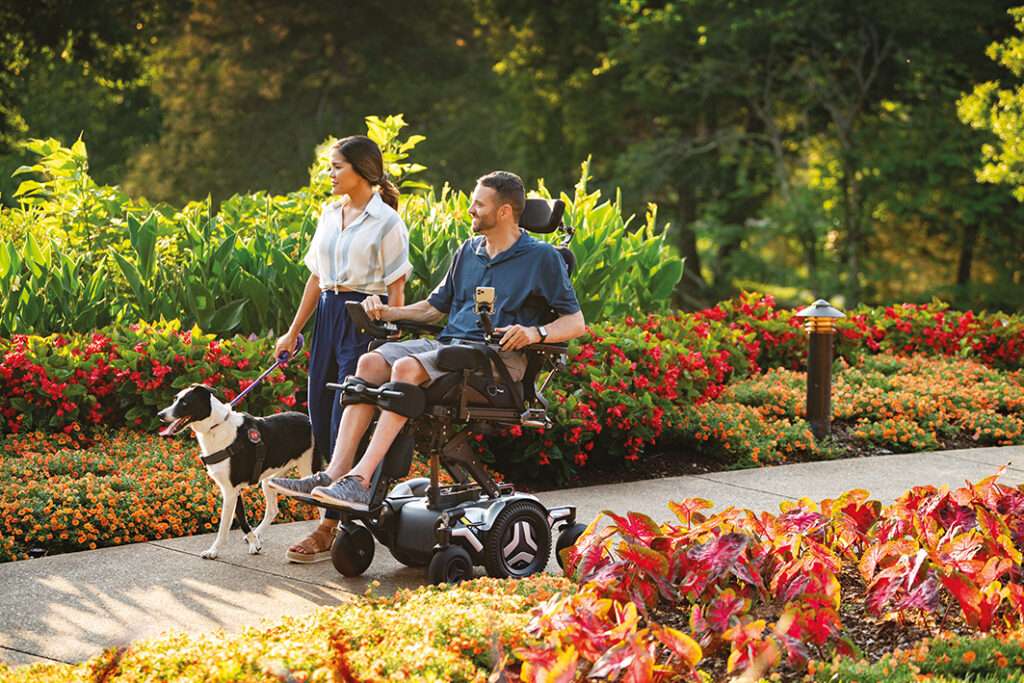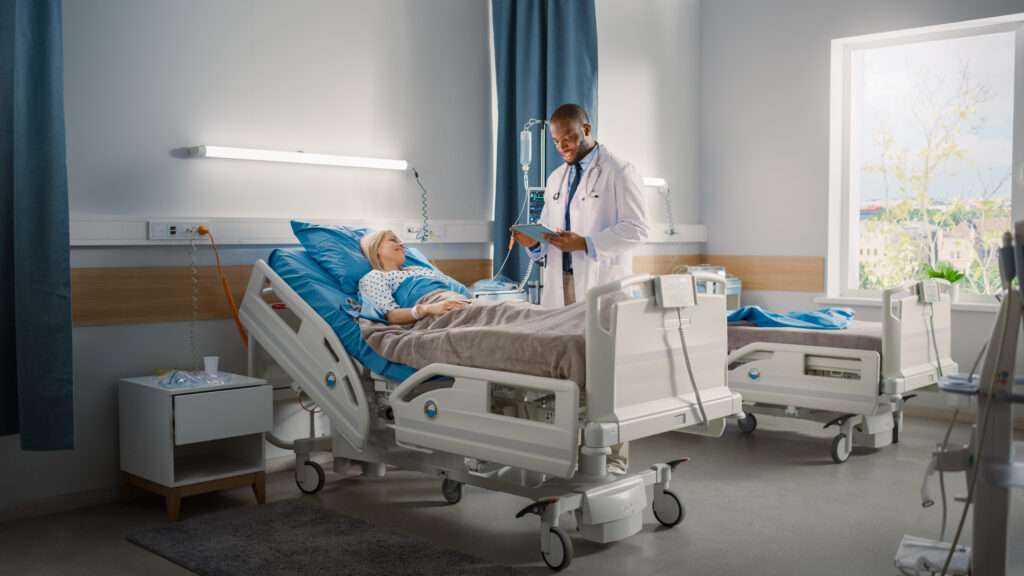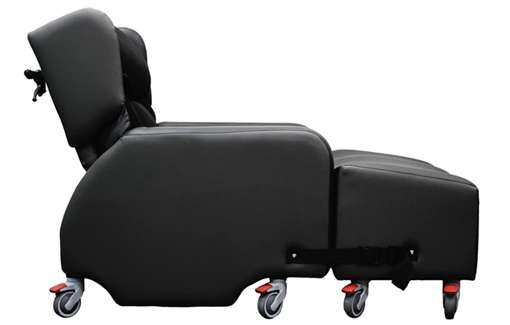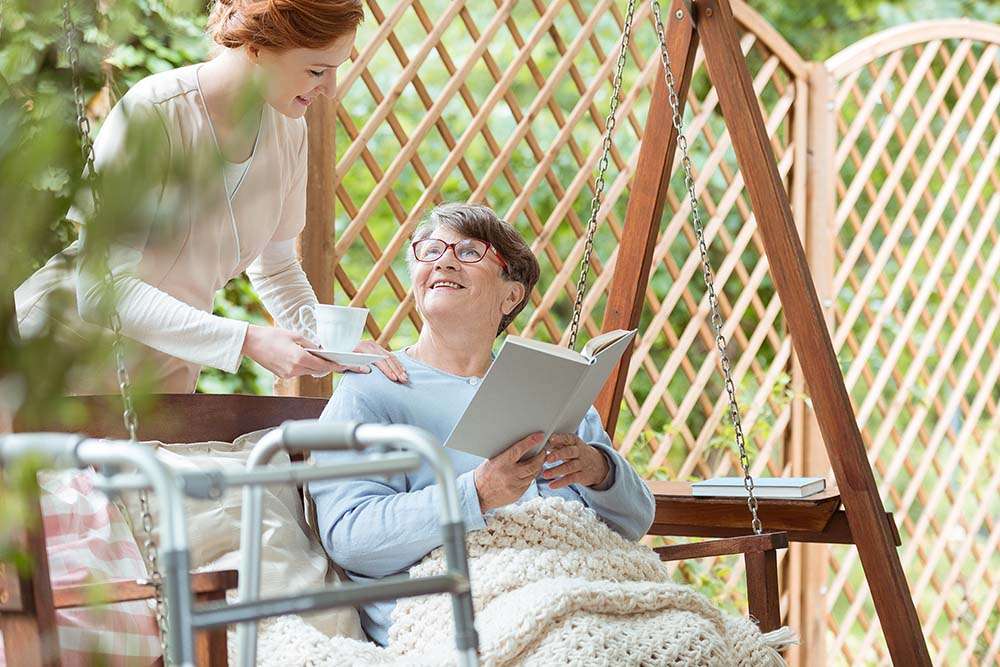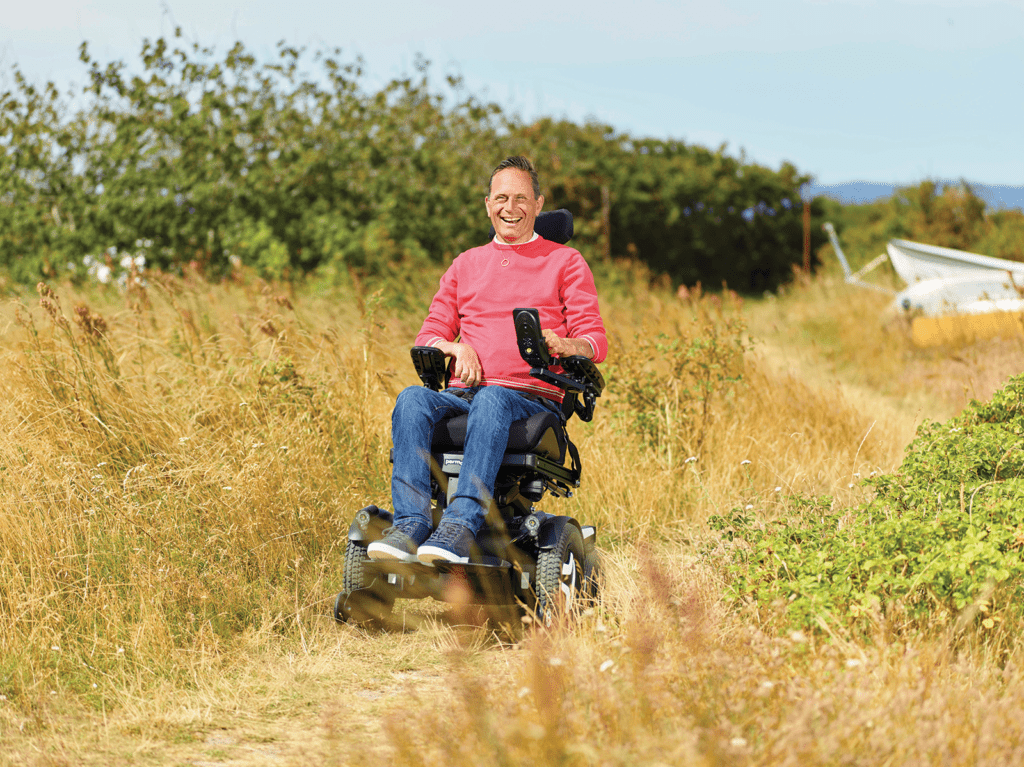There are a number of reasons that someone may decide that a disabled person needs a care bed. The advantages of using these electrically controlled adjustable beds range from:
- Easier accessibility
- Improved blood circulation
- Body repositioning
- Enhanced comfort
There are however, certain situations when someone may require a little extra help getting out of bed and transferring into a standing aid or other mobility equipment.
In this context, the best bed for a disabled person may be a rotating care bed that turns into a chair and makes it easier for a disabled person to get in and out of bed and into a seated position.
This kind of care bed can massively improve a disabled or low mobility person’s independence through helping them to stand without the need to a carer or loved one.
What to expect:
In this article, we’ll cover just some of the benefits of having a bed that turns into a chair and find out why they can be so indispensable for disabled & low mobility people.
Benefits of Adjustable Care Beds
One of the key reasons people opt to buy an electric adjustable bed is because these care beds offer a range of movements thanks to their profiling base.
Using an electronic remote handset, you can:
- Customise the positioning of the bed
- Find the the most comfortable and ergonomically correct positions for sleeping
Using these movements, you a patient or a loved on can find the ideal position for resting and engaging in daily activities.
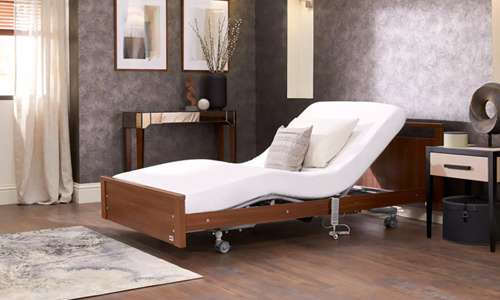
An adjustable care bed allows you to adjust the individually controlled headrest to out yourself in a more comfortable position.
Repositioning & Pressure Wound Care
Prolonged periods of bed rest for disabled individuals can increase the risk of developing pressure wounds. Constant pressure on certain parts of the body with a lack of relief can lead to skin breakdown and the formation of pressure wounds.
Adjustable care beds allow disabled & mobility impaired people to reposition their body when in bed. This repositioning removes excess pressure from parts of the body and reduces the risk of developing pressure wounds.
There are various points on the body where pressure ulcers are move likely to develop than others. Red = Lying Down. Blue = Lying on Side.
An adjustable bed can alleviate pressure on the body of by adjusting position of the bed to remove pressure from certain parts of the body.
A Chair Bed Aids in Getting in and Out of Bed
If you, a patient or loved one’s disability makes it hard for them to get out of bed because of mobility issues, a rotating care bed can be the device to solve this independence inhibiting problem.
While a larger investment than other profiling care beds, the highly specialist movement of a bed turning into a chair is a highly specific one and intended to provide independence.
A rotating bed can increase the independence of a disabled person as there is no requirement for them to be helped out of bed by a carer or love one.
This is because rotating beds can turn into a chair which lets it act as a standing aid that brings a reduced mobility person into a sitting position.
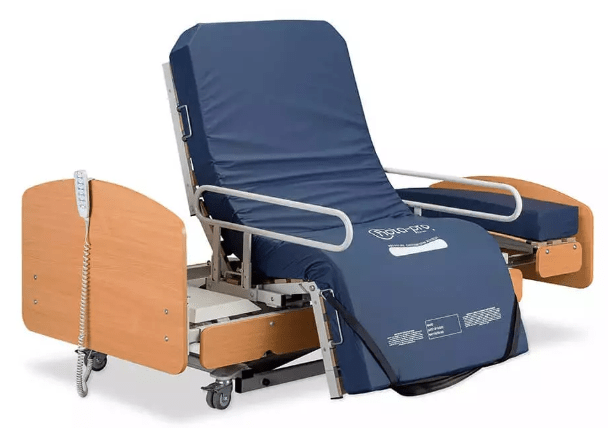
A rotating chair bed not only will mean the person using the bed go from chair to bed when you need some help getting out of bed in the morning. From this seated position, a person can transfer into a standing aid or other mobility equipment.
When the chair bed is in its ‘chair’ position, a mobility impaired person can just sit into the inviting chair area, and again, at the touch of a button, the rotating chair bed will turn back into a bed from a chair.
The turning ‘chair’ bed design aids a mobility impaired person in getting in and out of bed. This can be particularly useful when providing care and assistance to an elderly of disabled person.
Repositioning and Pressure Wounds:
Reduced mobility can make it difficult for a disabled person to achieve an optimal position for blood circulation.
Improvements in a person’s blood circulation with rotating care beds that turn a patient into a more comfortable seated position.
The chair bed function allows users to effortlessly change positions with enough frequency that avoids the risk of pressure wounds developing.
Mobility assistance & Use as a Standing Aid:
Another advantage to rotating care beds for disabled or otherwise low mobility people is the assistance with daily mobility that a rotating chair bed can offer.
Promoting Circulation & Reducing Swelling
Promoting circulation and reducing swelling are important considerations when looking to enhance the comfort and and overall well-being of a disabled person using a rotating chair bed.
These innovative care beds offer unique features that contribute to improved blood flow and the alleviation of swelling in various parts of the body.
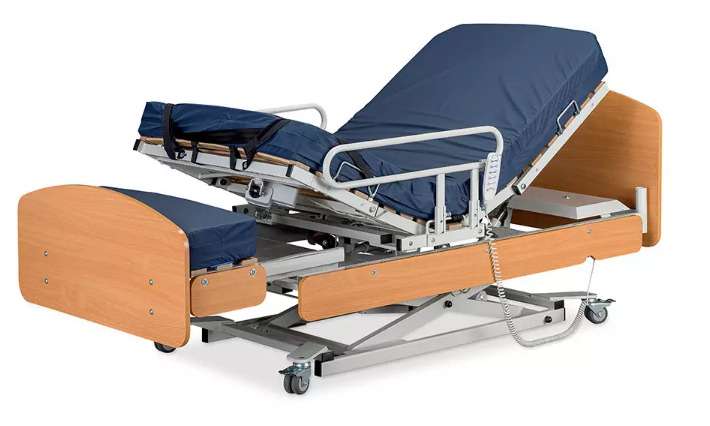
Rotating chair beds are designed to allow users to adjust their positions effortlessly, providing optimal support and comfort. The ability to rotate the bed helps to redistribute pressure points and prevent prolonged immobility, which can lead to poor circulation.
By periodically changing positions, the chair beds encourage blood flow to different areas, thereby reducing the risk of swelling and promoting healthy circulation.
Alleviating Edema with Rotating Chair Beds:
Swelling in the feet, legs and other parts of the body can be caused by conditions such as ‘Edema’ or fluid retention, and can be particularly uncomfortable and even painful for a person.
The rotational feature of these care beds aids in reducing swelling by facilitating lymphatic drainage and assisting the body’s natural mechanisms for fluid movement.
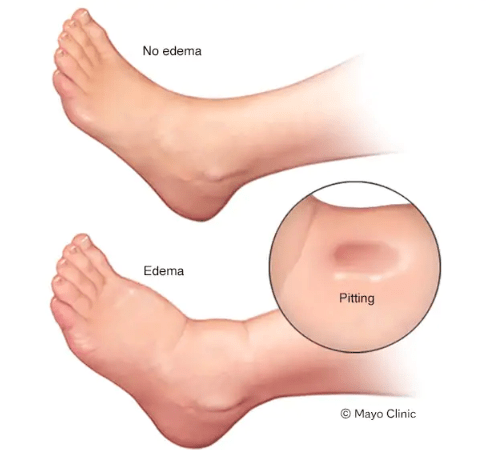
Source: https://www.mayoclinic.org/diseases-conditions/edema/symptoms-causes/syc-20366493
By promoting better circulation, rotating chair beds help to minimise the accumulation of fluid and alleviate swelling in affected limbs or body parts. When seeking relief from edema, considering a rotating chair bed as a supportive tool is crucial.
In addition to the benefits of rotation and leg elevation, rotating chair beds offer customisable features to optimise individual comfort.
With adjustable angles, firmness levels, and other settings, users can tailor their bed to suit their specific needs. This personalisation enhances the overall experience and contributes to the effectiveness of alleviating edema.
Summary:
A rotating chair bed is a valuable asset for disabled adults, providing a multitude of benefits that improve comfort, accessibility, independence, and overall well-being.
From enhanced support and accessibility to promoting circulation and reducing pressure sores, these beds offer a comprehensive solution tailored to the unique needs of individuals with disabilities.
By incorporating a rotating chair bed into their lives, disabled adults can experience a higher quality of life and greater independence, while caregivers can enjoy increased convenience and efficiency in their caregiving duties.






